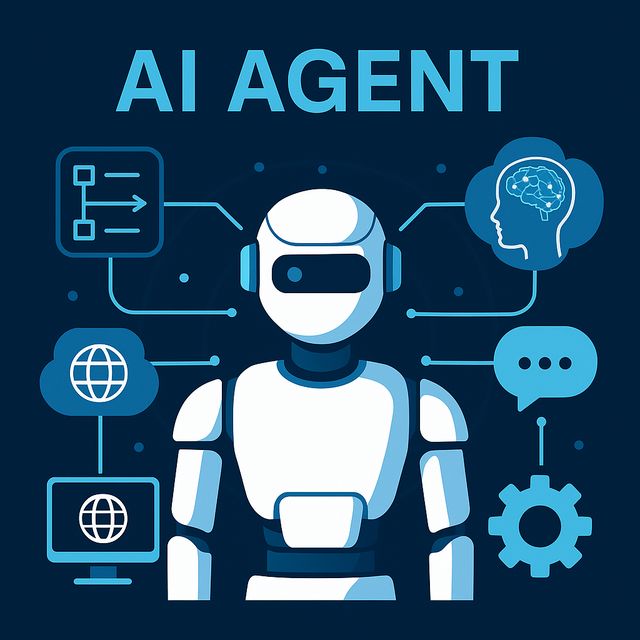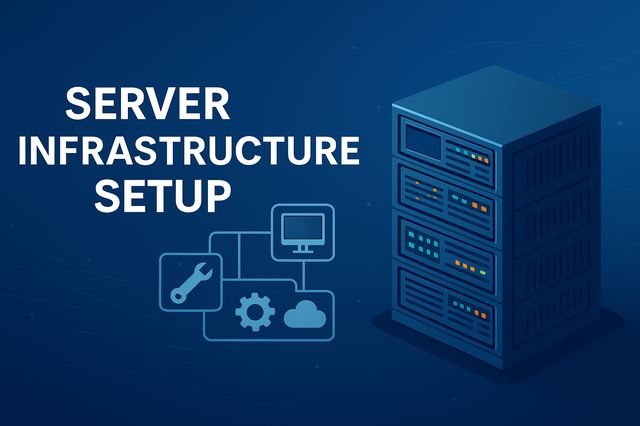The Autonomous Vehicle (AV) sector is revolutionizing the transportation industry, promising safer roads, efficient mobility, and reduced human dependency on driving. AV technology integrates Artificial Intelligence (AI), Machine Learning (ML), LiDAR, RADAR, and sensor fusion to enable vehicles to navigate without human intervention. Leading companies such as Tesla, Waymo, NVIDIA, Baidu, and Cruise (GM) are spearheading this transformation, pushing the limits of automation and connectivity. However, with innovation comes challenges, particularly in cybersecurity, regulatory compliance, and infrastructure adaptation.
The Evolution of Autonomous Vehicles
The concept of self-driving vehicles has evolved from early driver-assistance systems (ADAS) to fully autonomous cars. The Society of Automotive Engineers (SAE) categorizes AV technology into six levels (0-5):
- Level 0: No automation
- Level 1: Driver assistance (adaptive cruise control, lane-keeping assist)
- Level 2: Partial automation (Tesla Autopilot, GM Super Cruise)
- Level 3: Conditional automation (limited self-driving in specific conditions)
- Level 4: High automation (geofenced autonomous operation)
- Level 5: Full automation (no human intervention required)
While Level 5 autonomy remains aspirational, Level 3 and Level 4 AVs are increasingly being tested and deployed in controlled environments.
Key Technologies Driving the AV Sector
Autonomous vehicles rely on a combination of hardware and software to process real-time data and make driving decisions:
- LiDAR & RADAR: Essential for object detection and distance measurement.
- Computer Vision & AI: Enables vehicles to interpret surroundings using cameras and deep learning models.
- Vehicle-to-Everything (V2X) Communication: Enhances safety by allowing AVs to exchange data with infrastructure, pedestrians, and other vehicles.
- 5G & Edge Computing: Facilitates real-time processing and ultra-low latency for instant decision-making.
- Cybersecurity Frameworks: Protects AVs from hacking and cyber threats through encryption, intrusion detection, and secure over-the-air (OTA) updates.
Cybersecurity Challenges in Autonomous Vehicles
As AVs become more connected, they also become more vulnerable to cyber threats. Key security concerns include:
- Remote Hacking: Attackers can exploit vehicle connectivity to manipulate braking, acceleration, or steering.
- Sensor Spoofing: Manipulation of LiDAR and cameras can trick AVs into misinterpreting the environment.
- V2X Exploits: Intercepting vehicle communications can lead to data breaches, GPS spoofing, or coordinated traffic disruptions.
- Software Vulnerabilities: Weaknesses in AV software could allow attackers to deploy ransomware or disrupt operations.
- Supply Chain Risks: Malicious firmware or compromised components in the manufacturing process can introduce security backdoors.
Regulatory and Compliance Landscape
Governments worldwide are implementing regulations to ensure AV safety and security:
- United Nations WP.29 (UNECE): Establishes cybersecurity and software update guidelines for connected vehicles.
- ISO/SAE 21434: Provides a cybersecurity framework for road vehicles.
- NHTSA (USA): Issues federal AV safety standards and autonomous vehicle pilot programs.
- GDPR & CCPA: Ensures data privacy compliance for AV user information.
- China’s AV Regulations: Enforces AI ethics and national security standards for autonomous driving.
Leading Companies in the AV Sector
Several companies are driving AV innovation:
- Tesla: Pioneering autonomous features through its Full Self-Driving (FSD) software.
- Waymo (Alphabet): Deploying Level 4 AVs in commercial ride-hailing services.
- NVIDIA: Powering AV development with AI-based chipsets and DRIVE platforms.
- Baidu Apollo: Advancing AVs in China through AI-driven smart mobility solutions.
- Cruise (GM): Rolling out fully autonomous robotaxis in urban environments.
The Road Ahead: Opportunities and Future Impact
The AV sector is poised for exponential growth, with projections estimating a $2.1 trillion market by 2030. Key advancements in AI efficiency, battery technology, and cloud computing will further accelerate adoption. As 5G networks expand and smart city infrastructure develops, AVs will become integral to urban mobility solutions, logistics, and public transportation.
However, ensuring security, privacy, and public trust will remain paramount. Governments, manufacturers, and cybersecurity experts must collaborate to build robust safety frameworks that protect AV ecosystems from emerging threats.
The Autonomous Vehicle industry is at the forefront of technological innovation, reshaping how humans interact with transportation. While cybersecurity challenges and regulatory complexities remain, the advancements in AI, connectivity, and automation present unparalleled opportunities for efficiency, sustainability, and road safety. As the world moves toward smart mobility, AVs will play a central role in transforming industries, reducing traffic fatalities, and enhancing global transportation systems.


